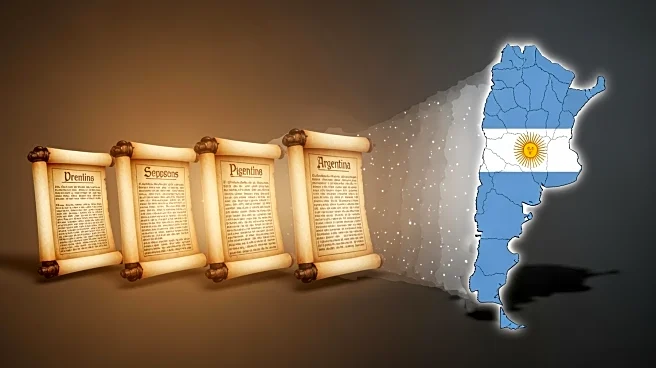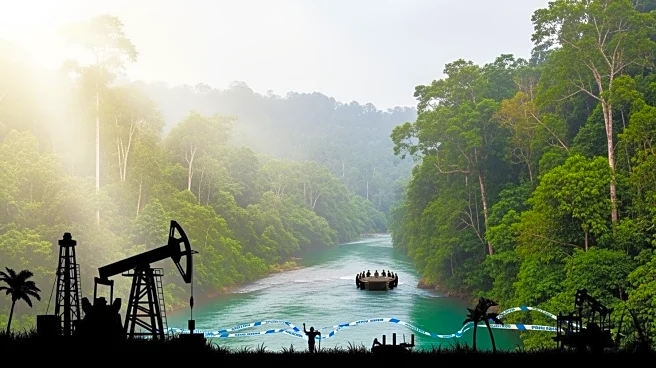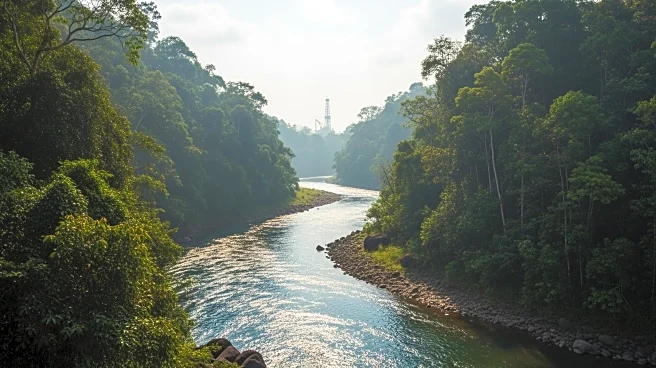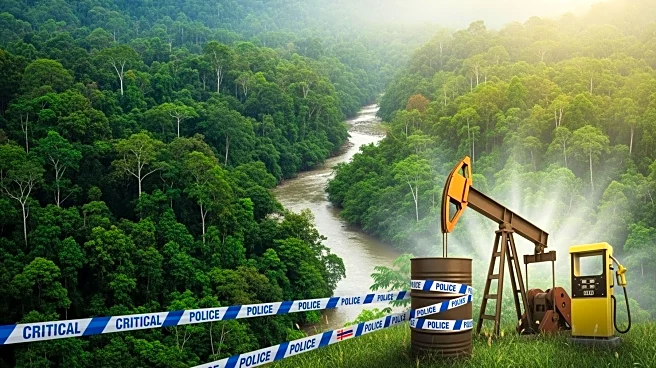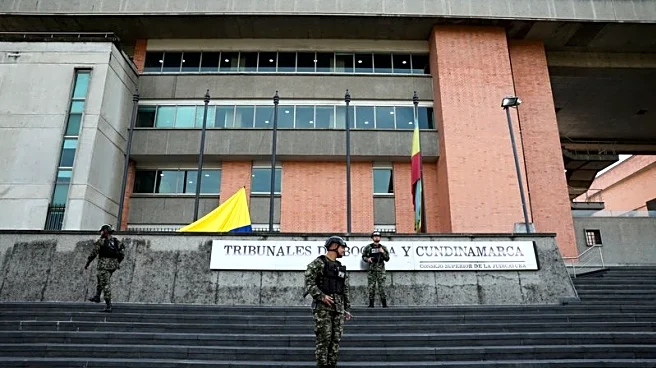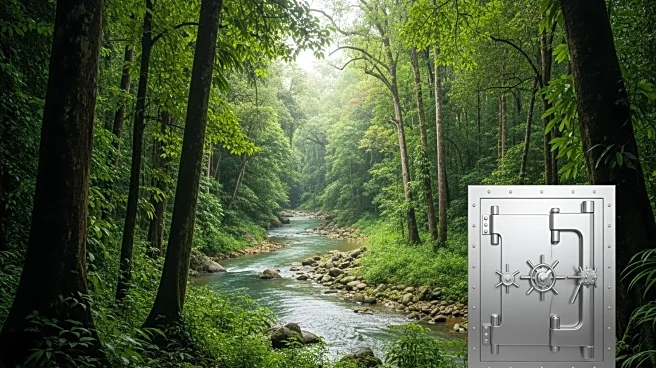Colombia, officially the Republic of Colombia, is a country primarily located in South America with insular regions in North America. The Colombian mainland is bordered by the Caribbean Sea to the north,
Venezuela to the east and northeast, Brazil to the southeast, Peru and Ecuador to the south and southwest, the Pacific Ocean to the west, and Panama to the northwest. Colombia is divided into 32 departments. The Capital District of Bogotá is also the country's largest city hosting the main financial and cultural hub. Other major urban areas include Medellín, Cali, Barranquilla, Cartagena, Santa Marta, Cúcuta, Ibagué, Villavicencio, and Bucaramanga. It covers an area of 1,141,748 square kilometers (440,831 sq mi) and has a population of around 52 million.
When the Name Took Hold: First Mentions of Colombia
The name "Colombia" is derived from the last name of the Italian navigator Christopher Columbus. It was conceived as a reference to all of the New World. The name was later adopted by the Republic of Colombia of 1819, formed from the territories of the old Viceroyalty of New Granada.
Worlds Before Borders: Landscapes, Peoples, and Early Colombia
Colombia has been home to many indigenous peoples and cultures since at least 12,000 BCE. The Spanish first landed in La Guajira in 1499, and by the mid-16th century, they had colonized much of present-day Colombia, establishing the New Kingdom of Granada, with Santa Fe de Bogotá as its capital.
Trade Winds, Faiths, and Frontiers: Colombia in Empires and Networks
Colombia is one of the world's seventeen megadiverse countries; it has the highest level of biodiversity per square mile in the world and the second-highest level overall. Its territory encompasses Amazon rainforest, highlands, grasslands, and deserts. Colombia is a key member of major global and regional organizations including the UN, the WTO, the OECD, the OAS, the Pacific Alliance, and the Andean Community.
From Subjects to Citizens: Uprisings, Charters, and Statehood in Colombia
Independence from the Spanish Empire is considered to have been declared in 1810, with what is now Colombia emerging as the United Provinces of New Granada. After a brief Spanish reconquest, Colombian independence was secured and the period of Gran Colombia began in 1819. The new polity experimented with federalism as the Granadine Confederation and then the United States of Colombia, before becoming a centralized republic—the current Republic of Colombia—in 1886.


